As developers, staying ahead of the curve is not just a luxury—it’s a necessity. The landscape of artificial intelligence is evolving rapidly, bringing with it a flood of new tools, frameworks, and methodologies that are transforming how we write code, deploy systems, and scale solutions. In this article, we’ll break down the top AI trends developers need to track in 2025. Whether you’re building SaaS platforms, working with APIs, or diving into deep learning, these trends will shape your roadmap moving forward.
1. Widespread Adoption of Large Language Models (LLMs)
One of the most significant AI trends developers are witnessing is the rapid integration of LLMs into production environments. Tools like OpenAI’s GPT-4o, Meta’s Llama, and Google’s Gemini models are no longer just for experimentation—they’re powering search engines, chatbots, and even full-scale enterprise software.
From a developer’s standpoint, LLMs are revolutionizing code generation, natural language interfaces, and data interpretation. Because these models are accessible via robust APIs, integration has become simpler. Still, fine-tuning and prompt engineering remain vital skills, especially when optimizing responses for domain-specific applications.
Moreover, LLMs are increasingly being embedded into developer tools themselves—think AI-driven IDEs and smart documentation engines. This trend is likely to accelerate, providing not just convenience but significant productivity boosts.
2. Rise of Edge AI and On-Device Learning
Another game-changing trend is the migration of AI workloads to the edge. With privacy concerns and latency requirements pushing compute closer to the user, edge AI is becoming a critical part of the stack. As developers, this means learning how to deploy and optimize models for mobile devices, wearables, and IoT hardware.
Toolkits like TensorFlow Lite, ONNX, and Apple’s Core ML are essential in this space. Furthermore, we are now seeing real-time inference happening on smartphones and drones without the need for server connectivity. This not only enables faster decisions but also helps developers reduce cloud costs and improve user experience.
3. Multimodal AI Expands the Developer Toolbox
Multimodal AI—models that process text, images, audio, and even video simultaneously—are redefining what’s possible. These systems are becoming more accessible via APIs and SDKs, allowing developers to build interfaces that are intuitive, accessible, and highly intelligent.
From generating UI components based on screenshots to summarizing meeting recordings with voice and facial context, the applications are endless. As a developer, it’s crucial to stay updated with tools like GPT-4o and Google’s Gemini, which are leading the charge in multimodal capabilities.
4. AI for Code and DevOps Automation
AI isn’t just changing the way we build software—it’s changing how we deploy and maintain it. One of the most impactful AI trends is the automation of DevOps and CI/CD pipelines. GitHub Copilot, Amazon CodeWhisperer, and other AI pair programming tools are already helping developers write cleaner, more efficient code.
However, the shift doesn’t end there. AI-driven testing, deployment predictions, and anomaly detection are helping teams maintain uptime and reduce rollbacks. Using AI to monitor logs and flag performance issues before they affect users has gone from luxury to baseline expectation.
As AI tooling matures, it’s important for developers to understand how to integrate these features safely and securely into their development lifecycle.

5. Ethical AI and Responsible Development
We can’t talk about AI trends without addressing the growing emphasis on ethical development. From biased training data to hallucinating LLMs, the challenges are real. Fortunately, this concern has pushed the community toward more responsible AI practices.
Developers are increasingly involved in conversations around fairness, explainability, and accountability. Frameworks like Microsoft’s Responsible AI Standard and open-source tools such as IBM’s AI Fairness 360 are making it easier to audit and correct biased models.
As builders, we must implement guardrails and establish internal review processes to ensure that AI doesn’t amplify harm. Fortunately, doing so is becoming easier with better tooling and community-driven standards.
6. Custom Model Training and Fine-Tuning Goes Mainstream
While using pre-trained models is common, 2025 is seeing a surge in custom model development and fine-tuning. Platforms like Hugging Face, Replicate, and even cloud services like Azure and GCP now offer simplified pipelines for training custom models.
As a developer, this trend provides more control and specificity. For instance, fine-tuning an LLM to answer customer service questions specific to your product results in better outcomes than relying solely on generic APIs.
However, it also means understanding dataset curation, labeling, and hyperparameter tuning. The barrier to entry is lower than ever, but knowledge of the fundamentals is still essential.
7. AI-Driven User Experience (UX) Design
Another noteworthy trend is the use of AI to create more adaptive and responsive user experiences. Think dynamic UI personalization, smart onboarding, and behavior-driven interface changes—all powered by machine learning models running in real time.
From the developer’s point of view, integrating these models into front-end frameworks like React or Vue requires a solid understanding of data flow and prediction APIs. But the reward is massive: applications that feel truly user-centric and behavior-aware.
8. Open Source AI Ecosystem Grows Stronger
Lastly, one of the most encouraging AI trends is the growth of open-source AI projects. Developers are rallying around community-driven alternatives to proprietary systems. Projects like Mistral, OpenLLM, and LangChain are giving us robust, transparent, and modifiable AI tools.
Being part of these communities offers not only access to cutting-edge tools but also the opportunity to shape the future of AI. Contributions—from code to documentation—are more welcome than ever, and many developers are even landing roles and contracts through their OSS work.
Conclusion
AI is no longer just a buzzword—it’s deeply integrated into our workflows, platforms, and even thought processes as developers. The AI trends of 2025 show a clear trajectory: toward more integration, personalization, and responsibility.
Staying updated is no longer optional. It’s essential for maintaining relevance and delivering competitive, future-ready solutions. Whether you’re building a SaaS platform, maintaining a CI/CD pipeline, or prototyping the next killer app, these AI trends will inform your decisions and shape your codebase.
Now is the time to embrace these shifts, learn the tools, and lead the charge. Because in this rapidly changing landscape, developers are not just implementers—we’re the architects of the AI-driven future.


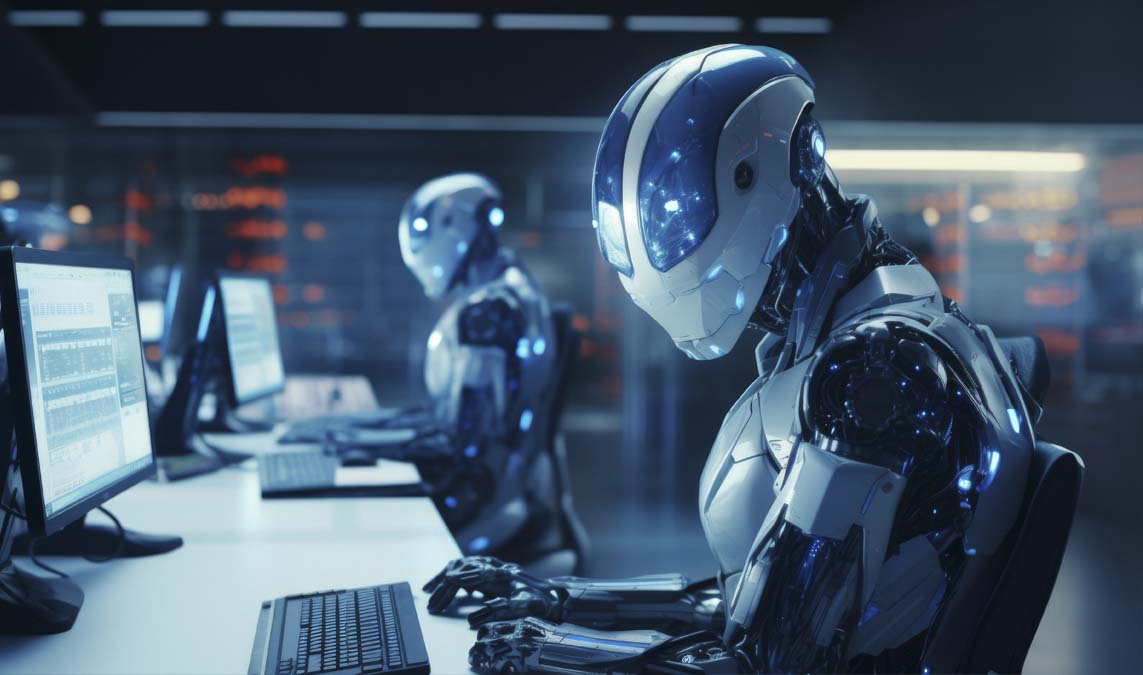
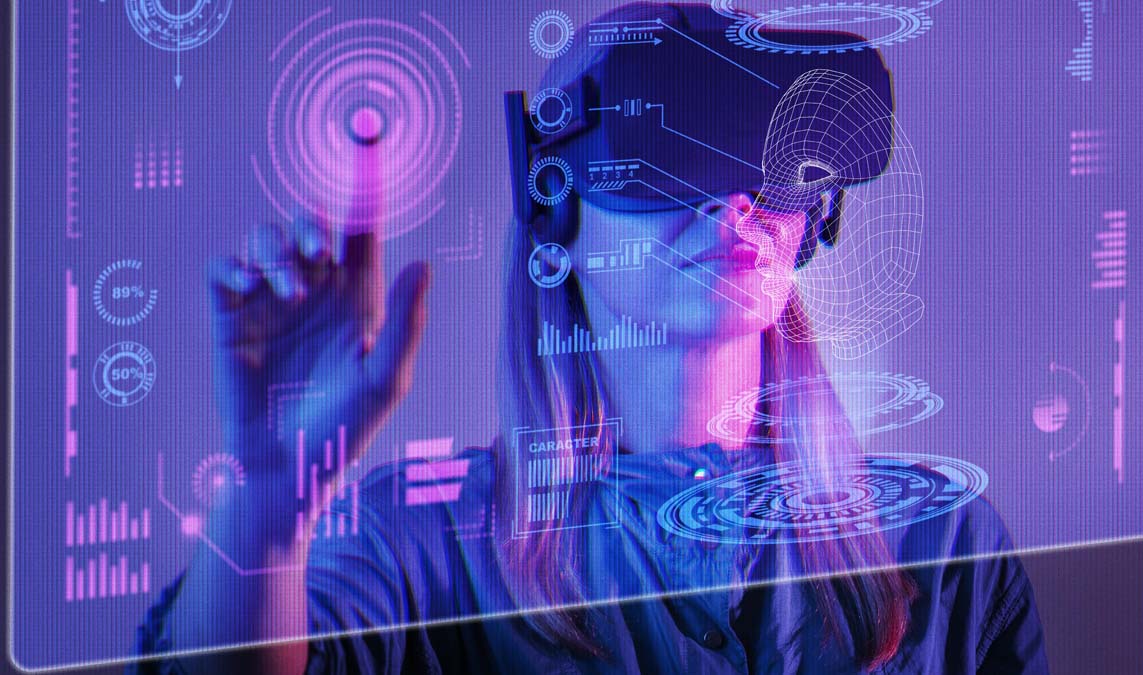

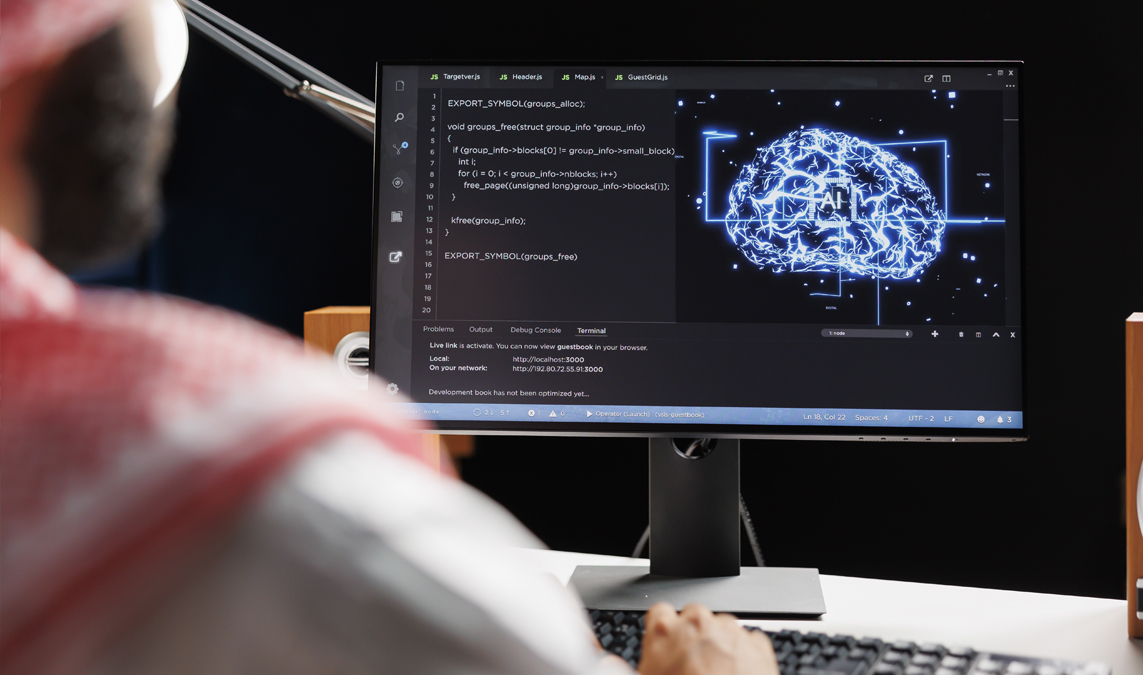
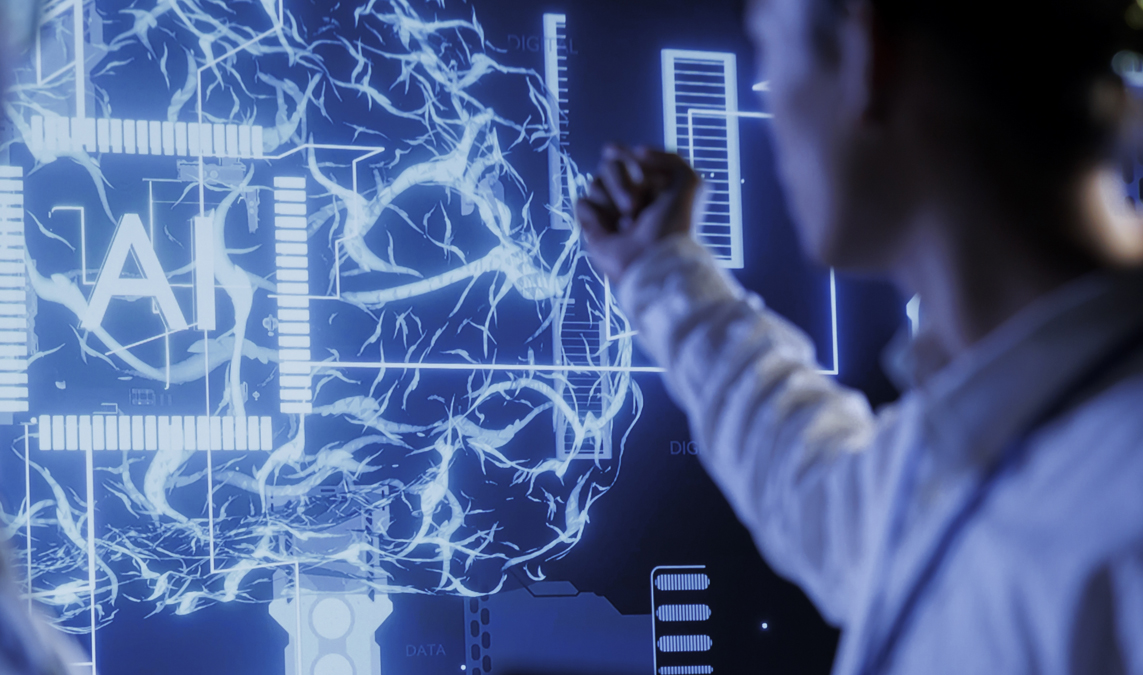
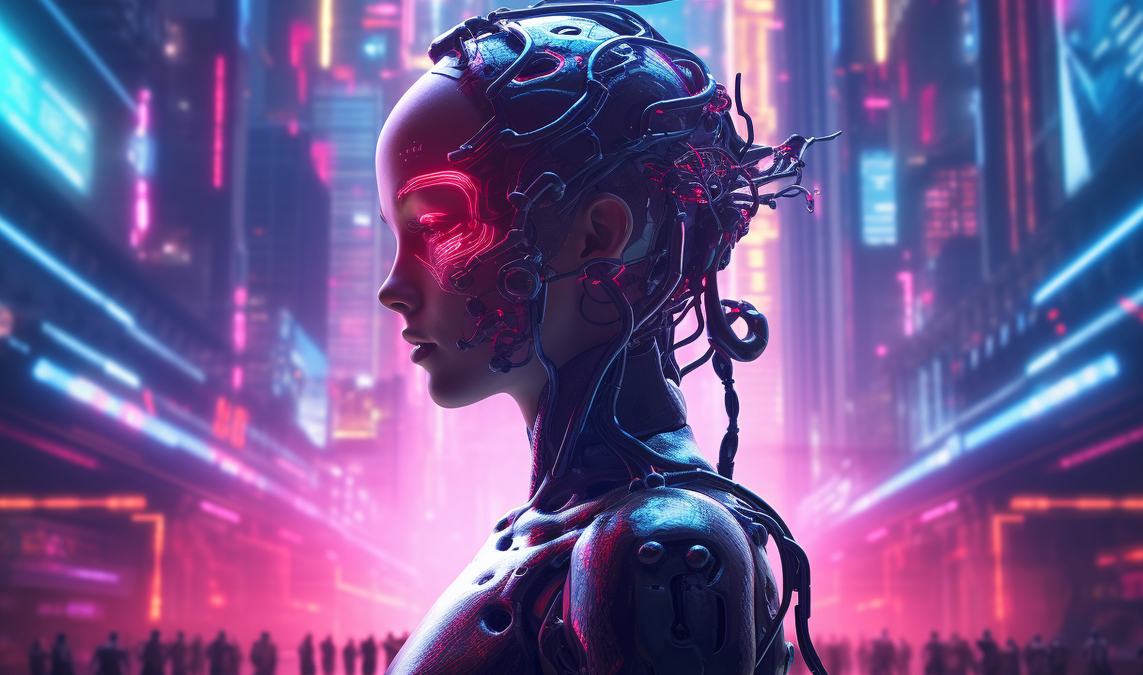
Add Comment